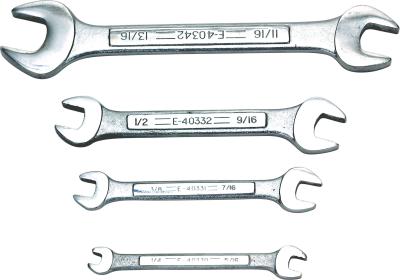
Changing the timing belt on any one of the several Civic models that Honda manufactured in 1998 requires the same process (Civic models 1.6L, 1.6L VTEC, 1.6L VTEC-E, del Sol 1.5L, del Sol 1.6L and the del Sol 1.6L VTEC). Honda recommends replacing the belt on all Civic engines at 90,000 miles or 72 months, whichever comes first. These engines are interference engines, and if the belt stretches past its useful life or breaks, piston-to-valve damage most likely will occur. It takes approximately 3 1/2 hours to replace the timing belt on any one of the Civic engines if they are equipped with air conditioning and power steering (about 2 1/2 hours if not).
Disconnect the battery by removing the negative cable using the appropriate size wrench. Move the cable out of the way, but do not let it touch metal. Jack the Civic up with the floor jack, then support it with jack stands. Remove the left front wheel and inner fender splash guard using the appropriate size sockets.
Set the block of wood on the floor jack. Push the jack under the oil pan to support the engine. Jack it up just enough to touch the bottom of the oil pan. Loosen tension on the accessory belt tensioner using a wrench. Remove the accessory belts by lifting them off the pulleys.
Unbolt and remove the power steering pump, but leave the power steering hoses attached to the pump. Lay the pump in the engine compartment so that it is out of your way. Remove the power steering pump bracket.
Remove the top engine mount using the appropriate wrench. If the dipstick and dipstick tube block the timing cover area, remove both, otherwise leave them in. Unbolt them and pull them out of their orifice if you have to remove them. Remove the upper timing belt cover and the cylinder head cover using a socket.
Turn the crankshaft counterclockwise, using the appropriate socket, until the timing marks on the crankshaft line up with the timing marks on the front of the lower timing cover. The mark on the camshaft should line up with the top of the cylinder head surface or with the pointer (some of the engines will not have the pointer). If the marks do not line up, turn the engine via the crankshaft one more full revolution and then the marks should line up.
Remove the crankshaft pulley bolt using the appropriate size socket. Remove the crankshaft pulley. Remove the lower timing cover using the appropriate size socket. Remove the crankshaft speed fluctuation sensor if your particular Civic has one, using the appropriate wrench or socket. The sensor is located behind the timing cover.
Loosen the timing belt tensioner bolt with the appropriate size socket. Slide the tensioner away from the belt. Tighten the bolt enough to hold the tensioner out of the way. Remove the timing belt.
Ensure the timing marks are still lined up. Starting at the crankshaft sprocket, route the timing belt around the sprockets, working counterclockwise. Keep tension on the timing belt on the side away from the tensioner. Hold the tension while loosening the timing belt tensioner. Allow the tensioner to put tension on the belt, then tighten the tensioner bolt.
Turn the crankshaft six turns counterclockwise. On the sixth turn, the timing marks on the camshaft and the crankshaft will line up. Loosen the tensioner bolt, then turn the crankshaft counterclockwise the distance of three teeth on the camshaft sprocket. Tighten the tensioner bolt to 33 foot-pounds of torque. Install the rest of the parts in reverse order of removal.
Tighten the crankshaft bolt to a total of 134 foot-pounds of torque by torquing to 95 foot-pounds of torque, then pushing the torque wrench 90 degrees. Torque the crankshaft bolt to 96 degrees plus 90 degrees. Continue until you reach 134 foot-pounds of torque. Lower the car off the jack stands.